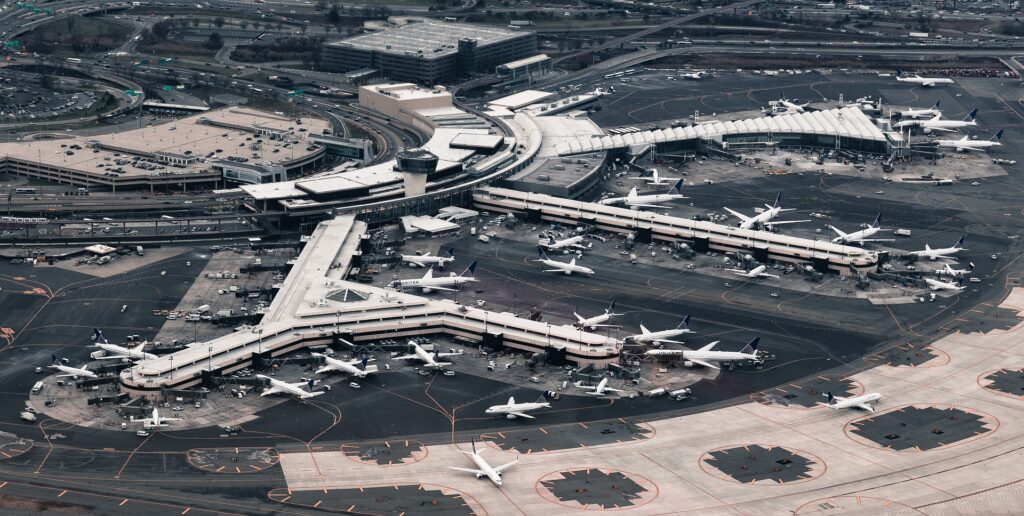Challenges The Aviation Industry Must face transforming Latin America into a main “hub.”
Recently, I commented on some key aspects of the amazing progress of the Latin America aviation industry over the last twenty years, including the consolidation of nine aviation mega-cities, the impressive growth of the region’s fleets and growing traffic demand. There are, however, certain challenges we need to face collectively to transform the region into a key hub in the international arena.
First, commercial airplanes demand is expected to triple by 2035. To meet this demand, the aeronautical sector will require approximately 3,050 new aircraft over the next two decades, which will cost an estimated $ 350 billion. Furthermore, the expected growth of the region’s economies will strengthen intraregional air traffic. Our first challenge is purchasing 2,500 new single-aisle planes to meet this growing demand. Consequently, attracting investment and establishing strategic alliances with the world’s largest commercial airlines are relevant steps to increase our collective profits. In doing so, we shall have access to the financing required to purchase new airplanes. For example, previously signing cooperation agreements with financially strong international companies (listed in North America’s and Europe’s stocks) enabled the region’s industry to increase collective profits by over $1 billion between 2014 and 2015.
Evidently, the purchase of this many single-aisle aircraft demonstrates that intraregional and domestic markets will be the fastest growing air travel segments over the next two decades. It is worth noting, however, that North America’s and Europe’s largest airlines have expanded their services to Latin America whereas the region’s long-haul flights to the rest of the world are still insufficient. In fact, between 2013 and 2015, the six largest Latin America’s airlines only controlled 20% of long-haul flights in the market, while their North American and European competitors dominated more than 40%, according to the Airbus Global Market Forecast (GMF).
Looking at this scenario, I think Latin America’s largest airlines and the region’s main hubs they control (Sao Paulo, Buenos Aires, Bogotá, Mexico City, among others) are in a prime position to successfully challenge their competitors by increasing the number of long-haul passenger flights from their own domestic and intraregional traffic. To this end, they must also purchase more than 400 wide-body aircraft (such as the Airbus A380 or the Boeing 787 Dreamliner); otherwise, congestion in main airports will be inevitable.
Evidently, I maintain that increasing long-haul flights that connect Latin America to the rest of the globe is a viable option for high growth opportunities. Consequently, at South American Jets we have become one of the most trusted suppliers for the world’s largest aviation companies. Our expansion plans have made us the company of choice for investors because, in addition to intraregional traffic, we keep increasing long-haul flights from Latin America to other continents.
Max Brog
CEO
South American Jets
